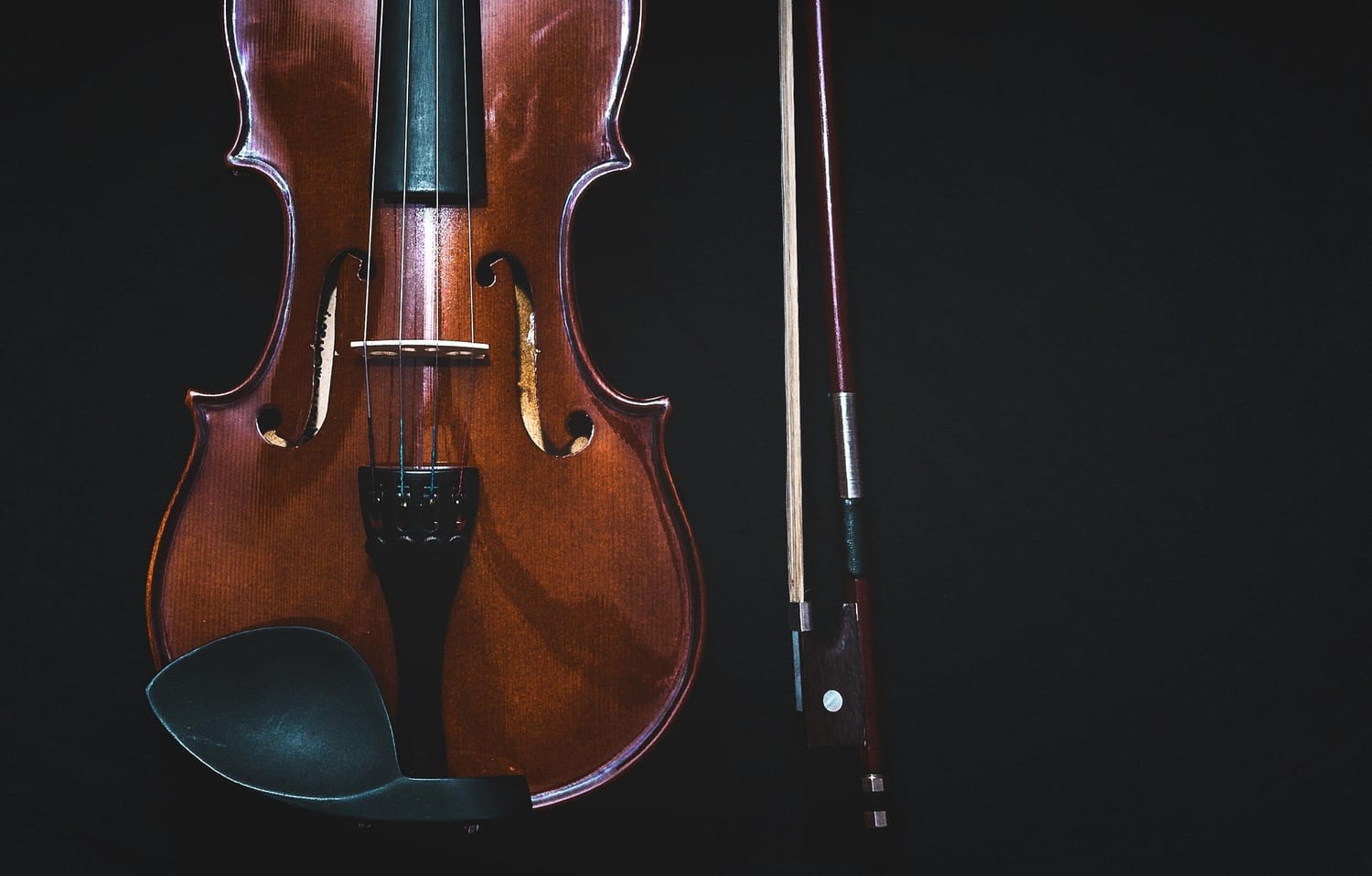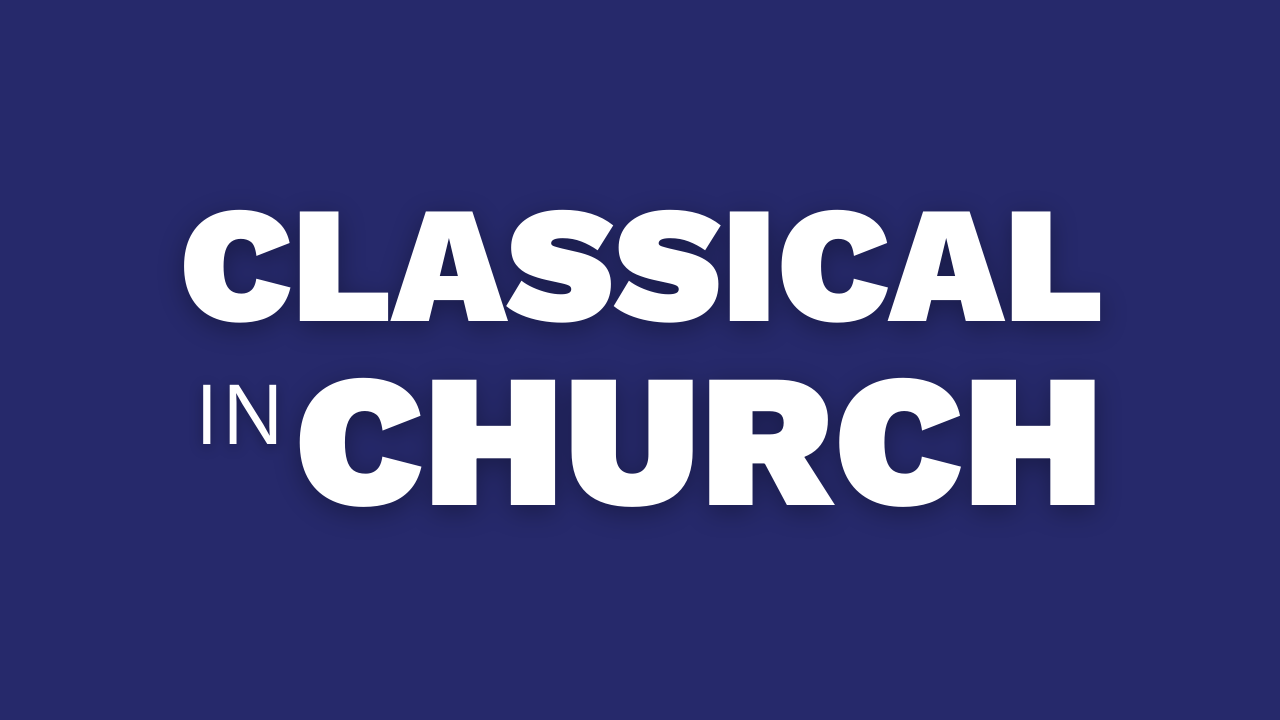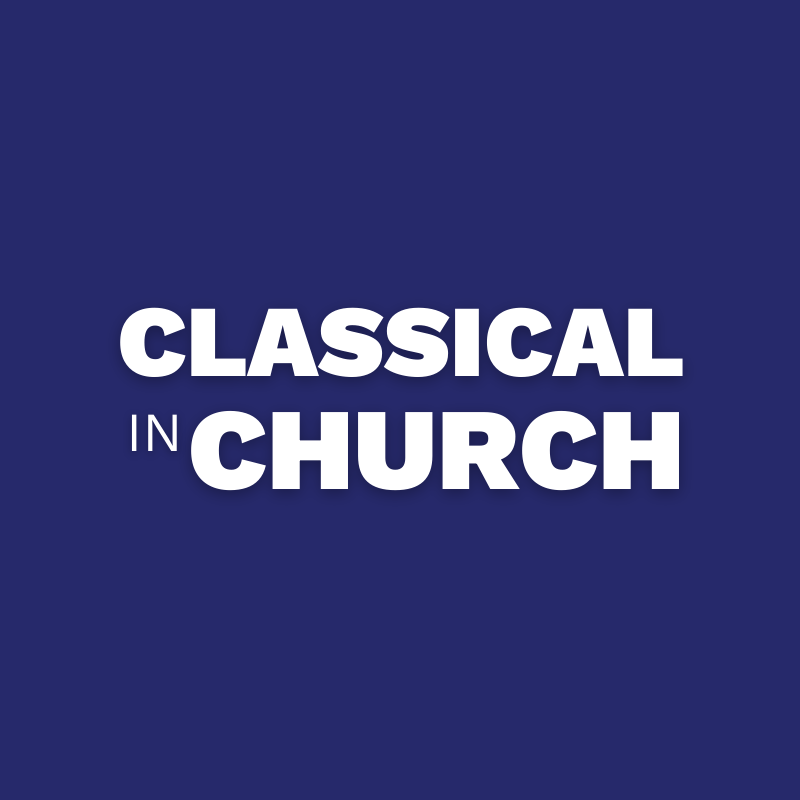How to play violin in church

Nearly every time I play violin at a new church, someone approaches me after the service with the exact same comment:
“I’ve never heard a violin in worship before—it added so much!”
Surprisingly, this comment still catches me off guard at times. Having played violin in church settings for more than a decade, and playing primarily at a church that has multiple violinists in the rotation, I forget that it’s actually pretty rare to have a violin in a worship band. In fact, most people have never heard violin in church unless it’s a written solo or an orchestral part.
But this deficiency of violins isn’t from a lack of interest from church attenders who enjoy hearing violin (hence why I continue getting that same comment). It isn’t from a lack of interest from worship leaders who would like to include violin in their bands. And it isn’t from a lack of interest from capable violinists who want to use their gifts to glorify God.
So why is this the case?
The short answer is this: playing worship music is really different from playing classical music, so most classical musicians have no idea how to approach worship music.
Classical music relies heavily on parts that are written out as sheet music, while worship musicians often use chord charts or improvise. Classical ensembles use acoustic instruments and rely on watching a conductor and listening to each other, while worship musicians often use amplified instruments and rely on monitors to know when to play. And while other instruments (guitar, piano, drums, bass) often have parts within a worship band, it’s uncommon for recordings of contemporary worship songs to have parts for other classical instruments—which means the musician needs to compose their own part. All of this can be very intimidating for a classical musician.
And as a result of these things, violins (and other classical instruments) are a rarity in our churches—which is a pity, because they DO add so much!
If you’re a classical musician interested in worship, it’s likely you’ve encountered some of the aforementioned setbacks. But know this: worship music doesn’t have to be inaccessible to classical musicians. It doesn’t have to be an enigma. It doesn’t have to be intimidating.
You can actually use your musical gifts to glorify God.
If you want to learn how to do that, you're in the right place. Check out our free ebook, Sunday Survival Kit. It's everything a classical musician needs to know to make it through a worship set.
In the meantime, though, here are a few keys to success when transitioning from classical to worship music:
1. Get off the page
One of the biggest challenges for classical musicians is knowing what to play in a worship band. It might be that when you’re starting out, you need to use chord charts or even write out parts for yourself. But try to get off the page as soon as possible. In other words, learn to improvise and play by ear. The more you’re focused on the page and what you should be playing, the less you’re focused on actually worshipping. Getting off the page grants you the freedom to listen to what the Holy Spirit is doing in the moment—ultimately allowing you to do the one thing you’re fundamentally trying to do: connect with God.
2. Less is more
At its core, worship isn’t about you. It’s about God. That’s why one of the biggest mistakes musicians can make in worship is overdoing it. That could mean playing too loud, playing something way too busy, feeling like you always need to be making sound, or just not blending well with the song. In most cases, less is more. It’s okay to not play for parts of a song or even for a whole song. And when you are playing it’s much better to underdo it and blend in than to overdo it and be a distraction. Plus, simplifying what you play will not only sound more tasteful, but it will also help give more of your attention to worshipping God.
3. Know your role
The way you play violin in worship will vary greatly depending on the instrumentation of the band you’re playing with. For example, if the instrumentation is just an acoustic guitar, a vocalist, and a violin, you have a lot of freedom over what you could play. It could be pedaling bass notes, or playing lead guitar lines, or playing a harmony for the vocal part, etc. But if you’re playing with a full band, you need to get more creative so you don’t step on other people’s toes. Listen to what’s going on around you and fit in so you can be most effective. Know your role.
4. Learn by trying
Learning to worship in alignment with the Holy Spirit is difficult on any instrument. In my experience, the best way to learn is by trying. I got my start playing at worship nights in college, which was a great low-pressure way to learn improvisation. Find some way you can get started—play along with recordings and backing tracks, gain confidence improvising and playing by ear, and (when you’re ready) don’t be afraid to ask your worship leader if you could play with the band sometime. And don’t be afraid to make mistakes! Life is messy; worship can be, too. Don’t feel like you need to be perfect. Go for it. Make big mistakes. Have fun. And don’t forget what a gift it is to worship the Creator of the universe!
Additionally, check out the other resources at Worship Violin. We’d love to walk with you as you learn to use your gifts to glorify God!

